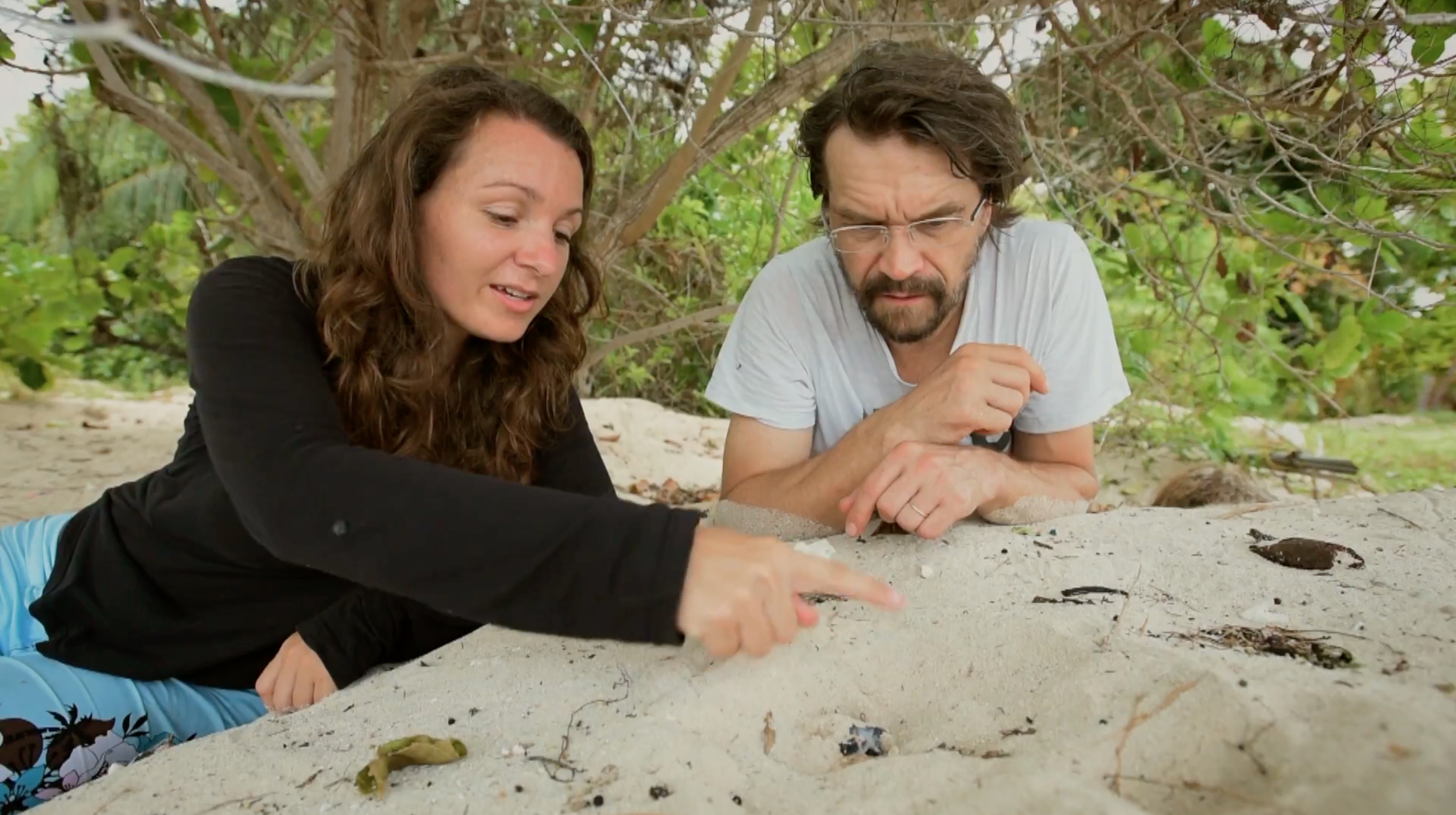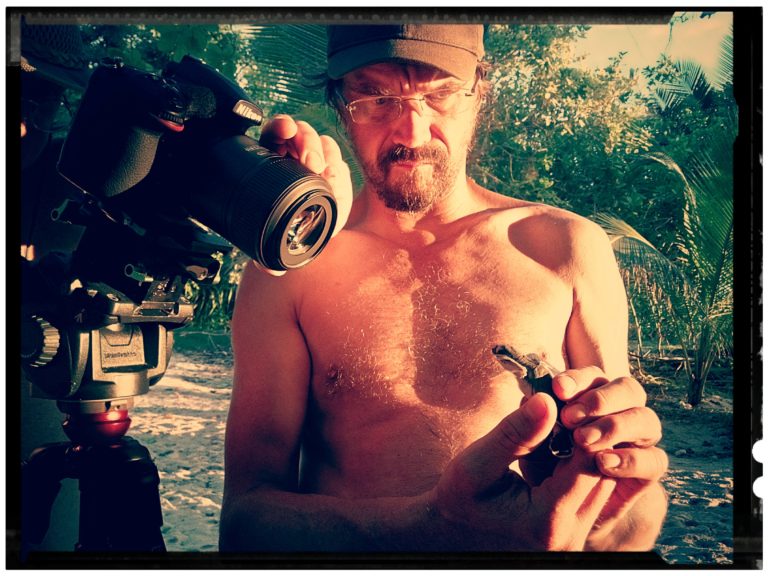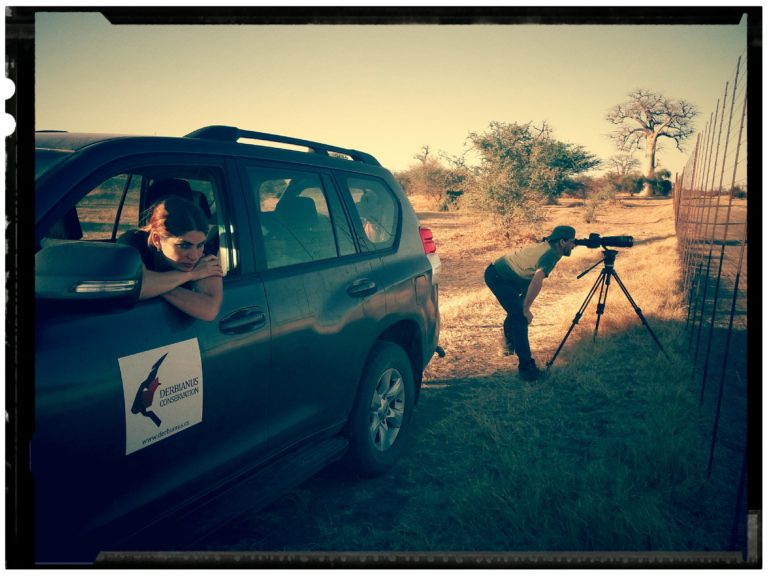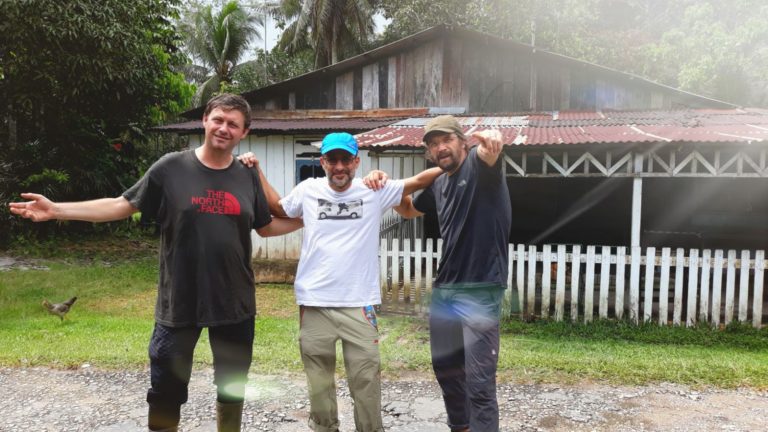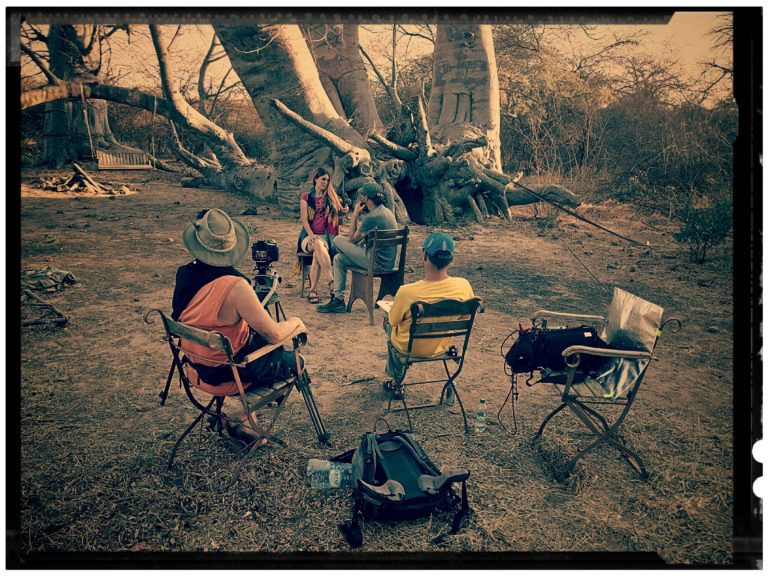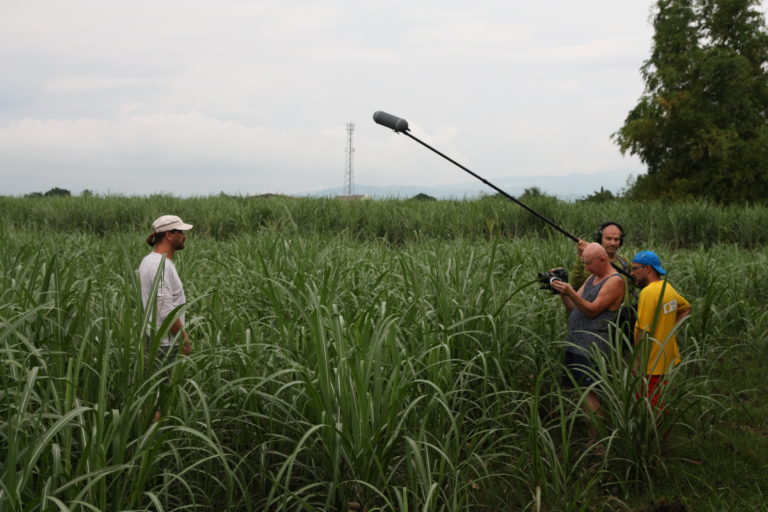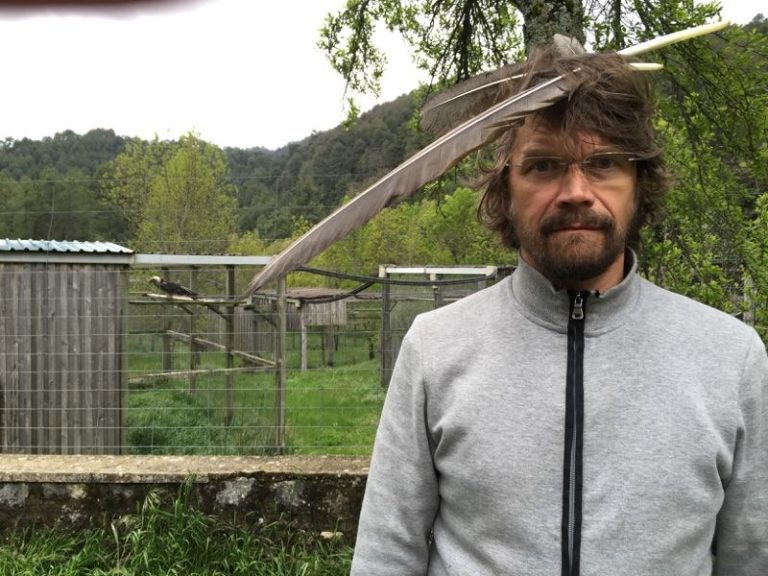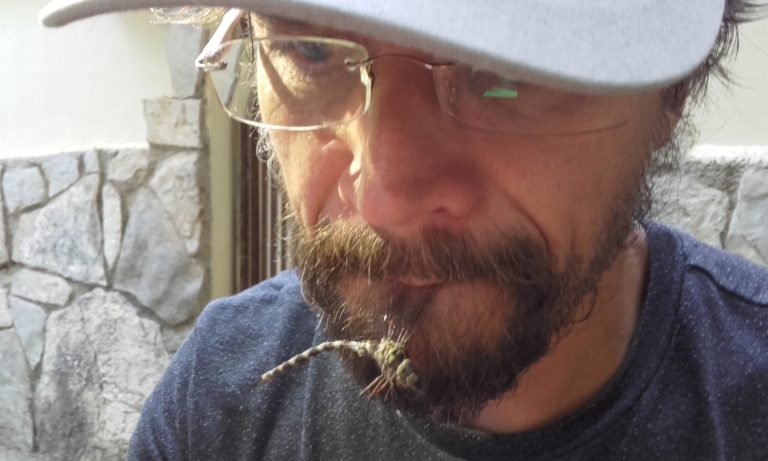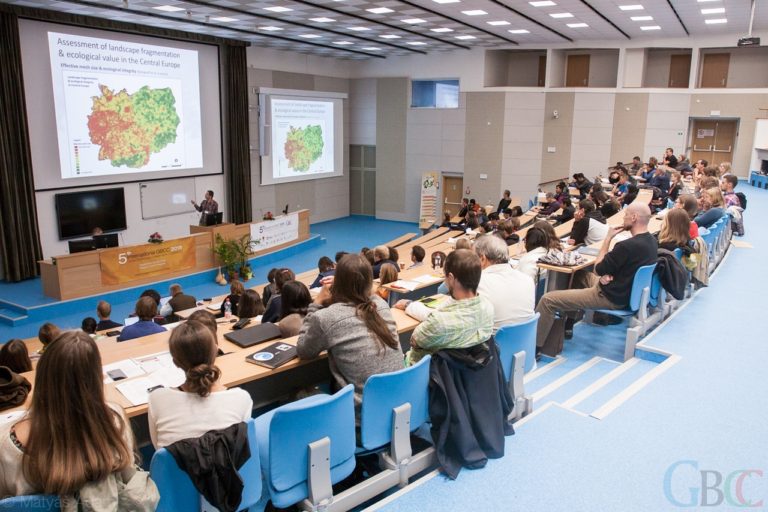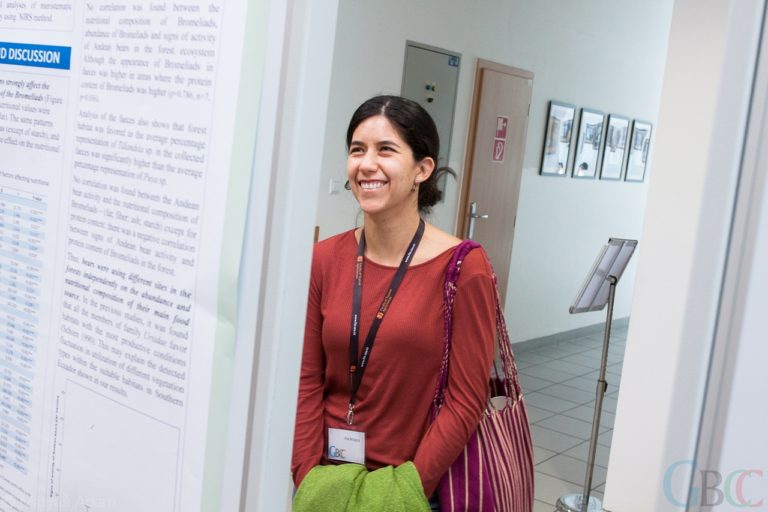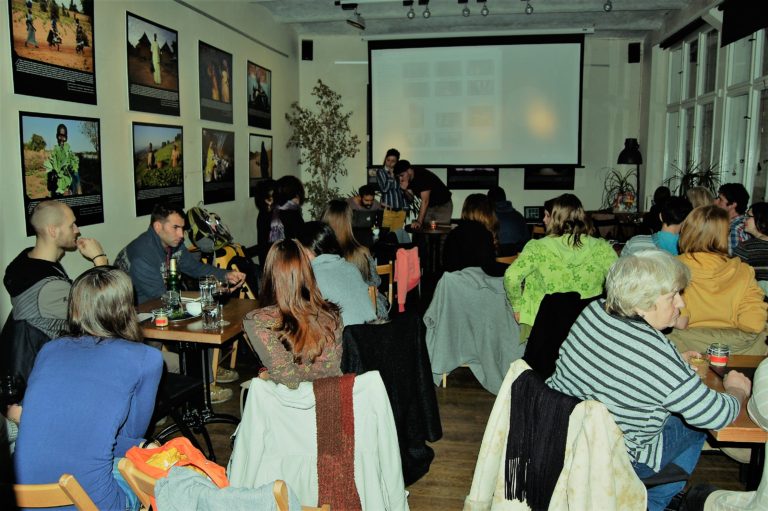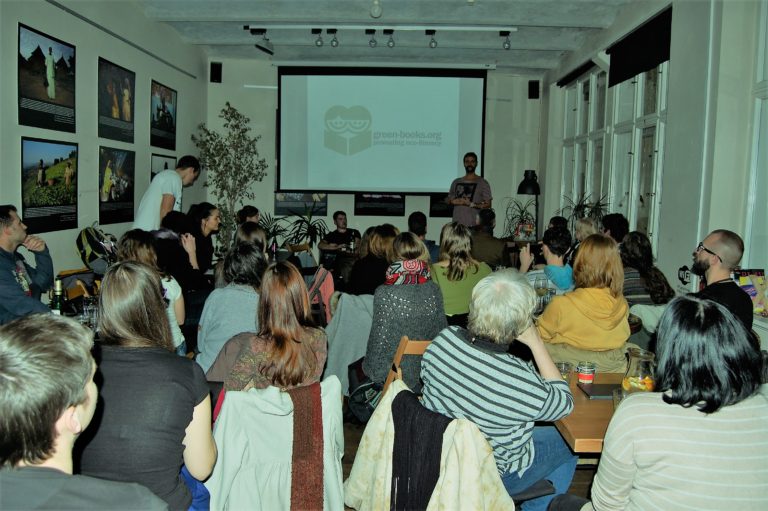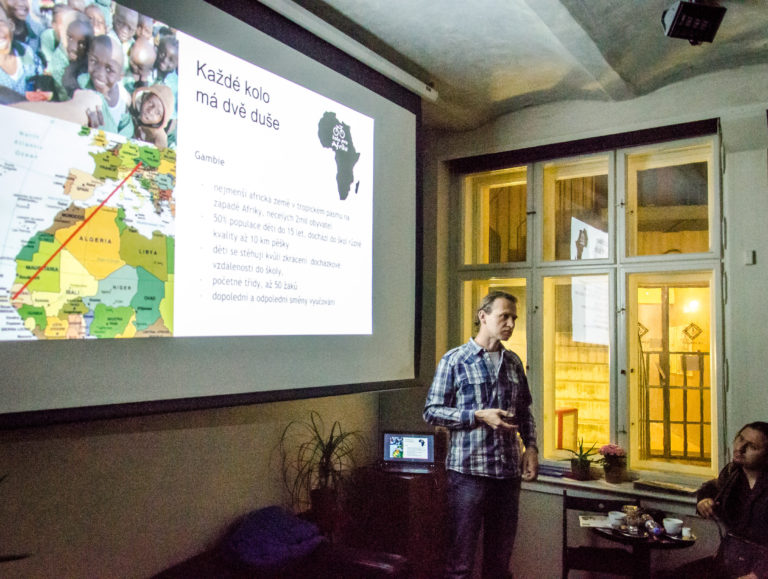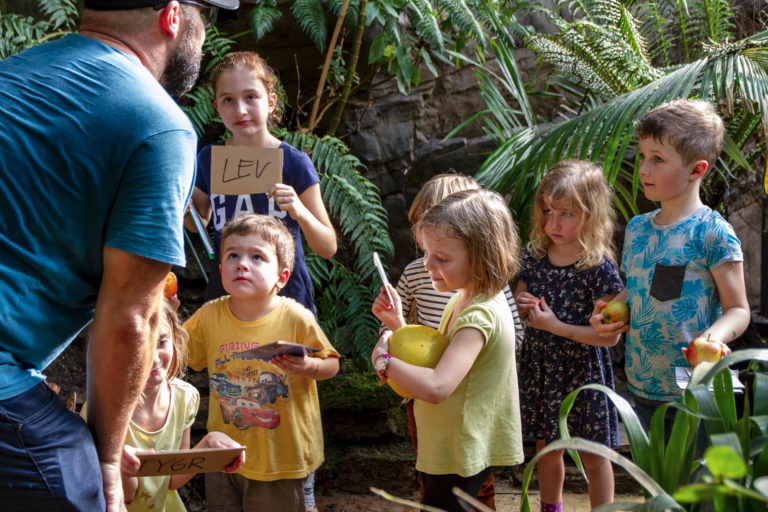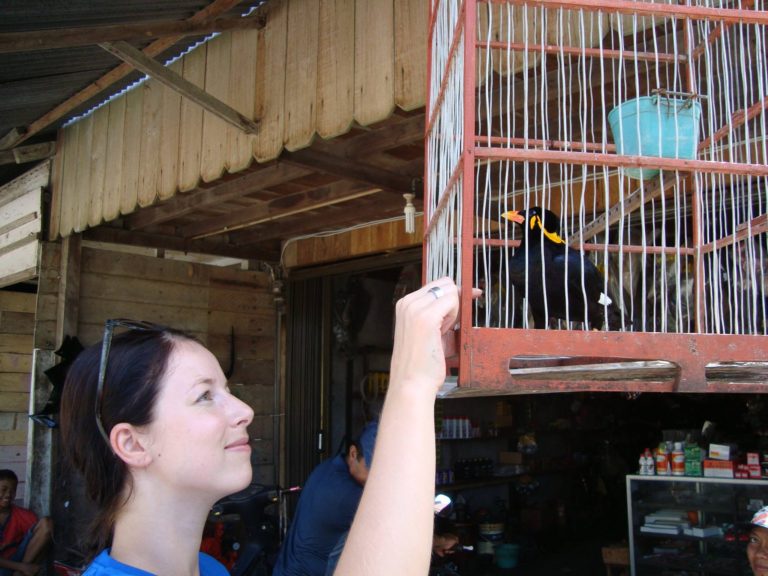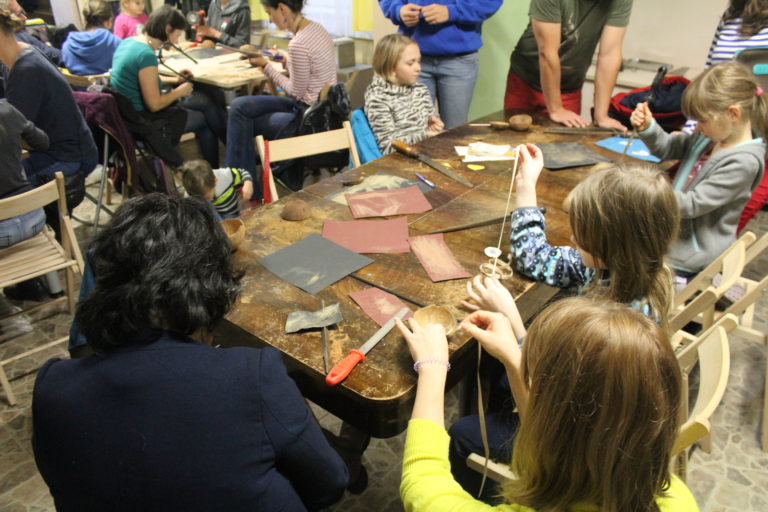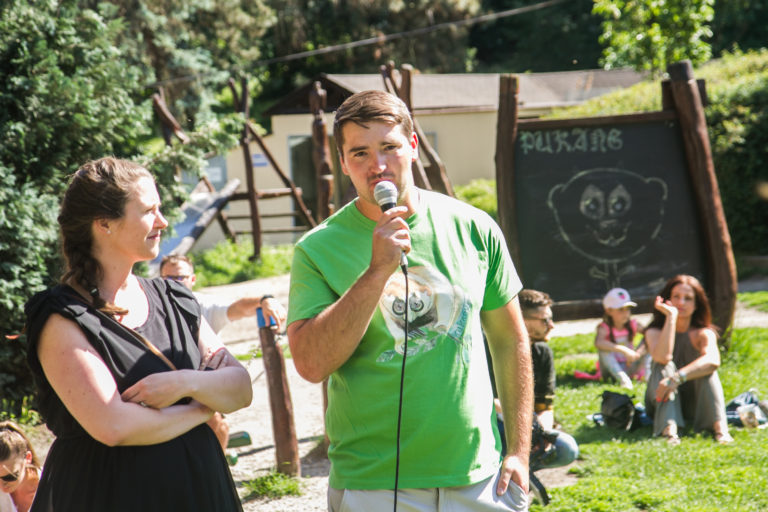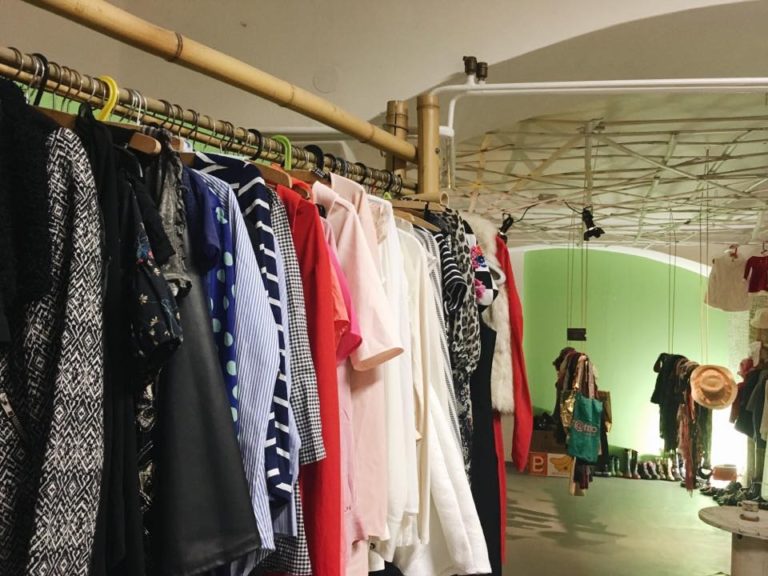In collaboration with CCBC and the Liberec Zoological Garden, Czech National Television produced a series of six documentaries on how Czech people contribute to saving wildlife.
Guided by Dan Bárta – a famous Czech singer and insect lover – the viewer is invited to follow in the footsteps of endangered species found in different parts of our planet. Each part covers a different country and features a different Czech naturalist active in the field who has devoted their lives to protecting that country’s natural world and aims to rescue the last-remaining populations of endangered species living in that region.
“Indeed, there are numerous Czech natural scientists considerably involved in ground-breaking conservation projects abroad. Some of them are even project leaders, co-operating with Czech zoos to achieve outcomes that have earned public acclaim internationally. Our documentaries show what they do there, how they live there, their happy moments and pitfalls, and the methods, results, and prospects of their work,” explains Dan Bárta.
The documentary series familiarises viewers with the living habits of specific animal species while explaining what puts them at risk and how the viewer can help; it also shows the lives of Czechs staying thousands of kilometres away from their homes, in places where they founded projects protecting the wealth of Mother Nature and working more than well and with success. It demonstrates how the people co-operate with local communities, combat bureaucracy and politicians, raise money and, often, live in conditions hard to imagine for ordinary people here. Most of the projects are conducted by Czech non-profit organisations working pro-actively with the Liberec Zoo to save the natural world around the planet, assisting in the long term by providing funds, materials, and formal support.
Each part of the series is designed as an entertaining travelogue enabling the viewer to learn how Czechs save wildlife, whether it involves sea turtles in Indonesia*; proboscis, or long-nosed, monkeys in Borneo*; hornbills in the Philippines*; giant, or Lord Derby, elands in Senegal; bearded vultures in Europe; or wisents here in the Czech Republic.
* denotes a project running under the auspices of CCBC
Please visit the website of Czech Television to learn more

